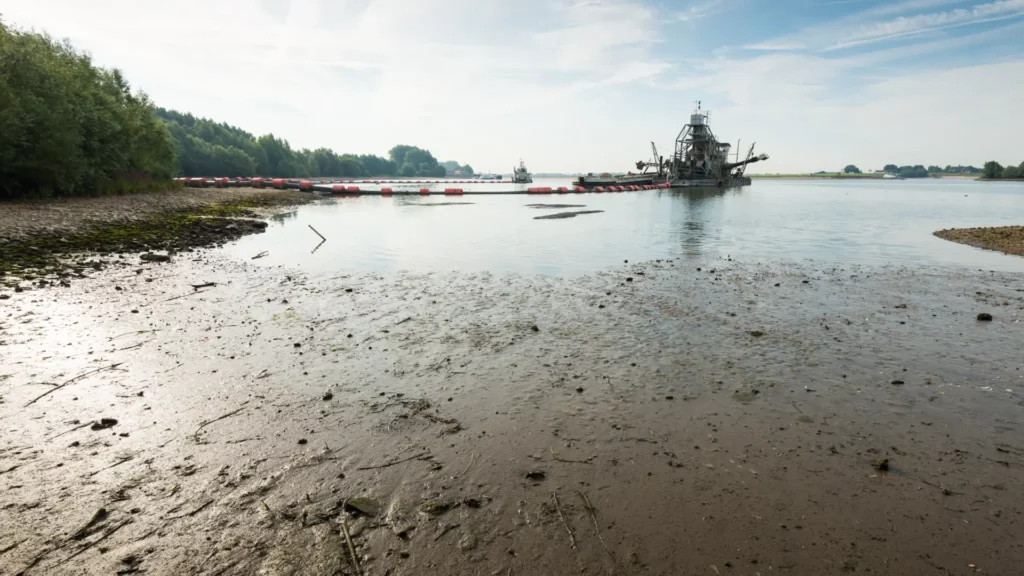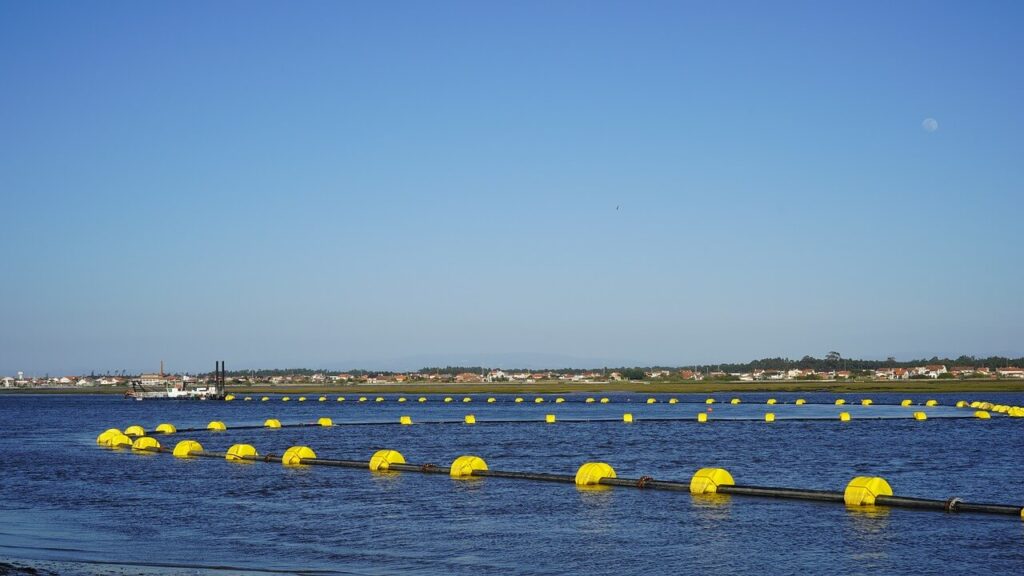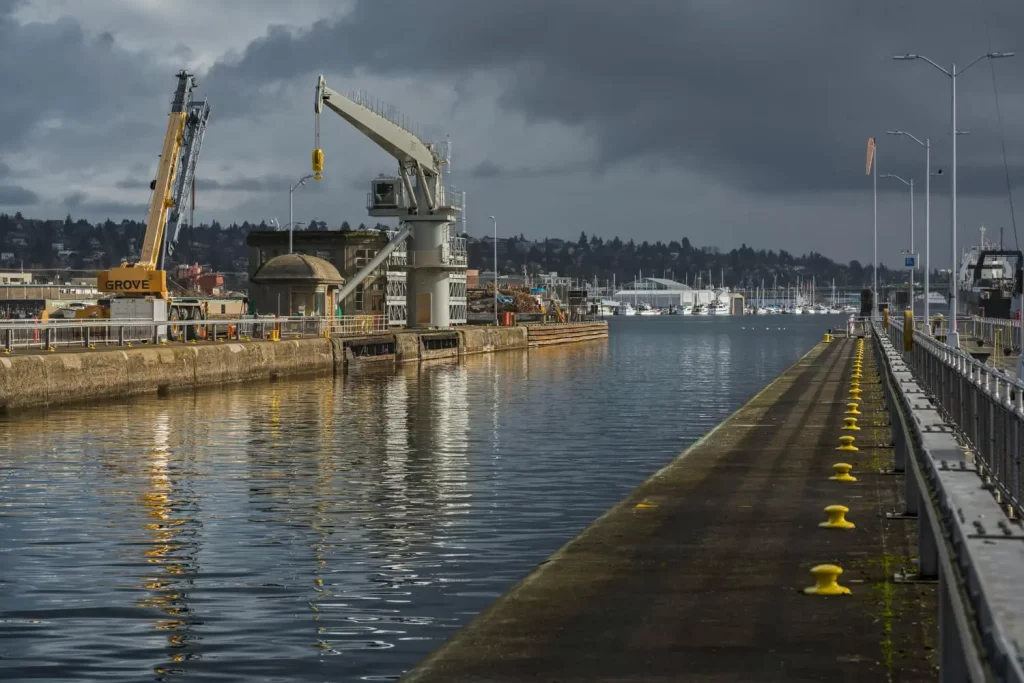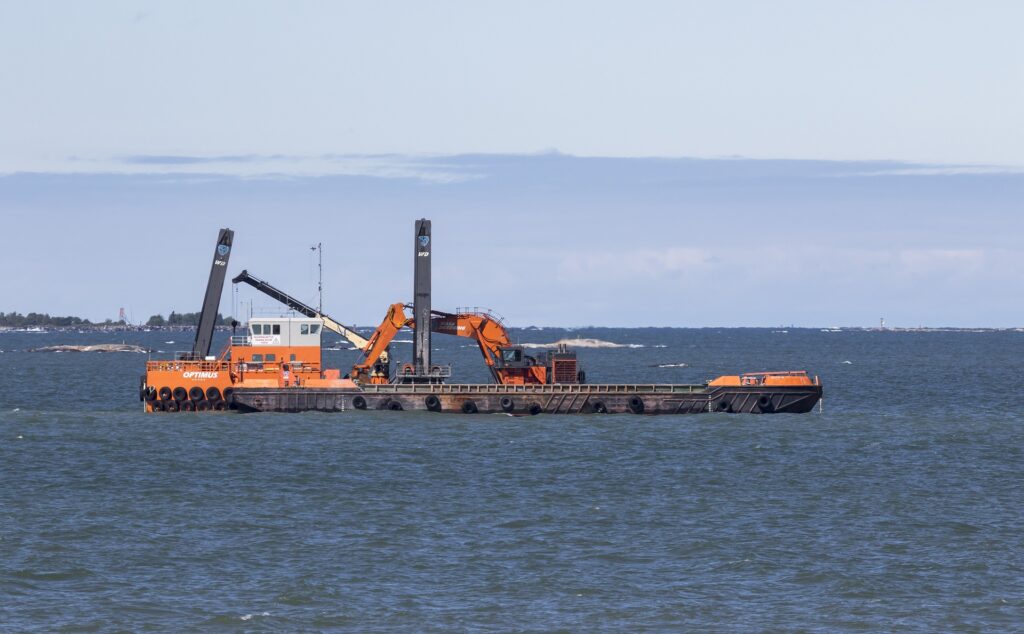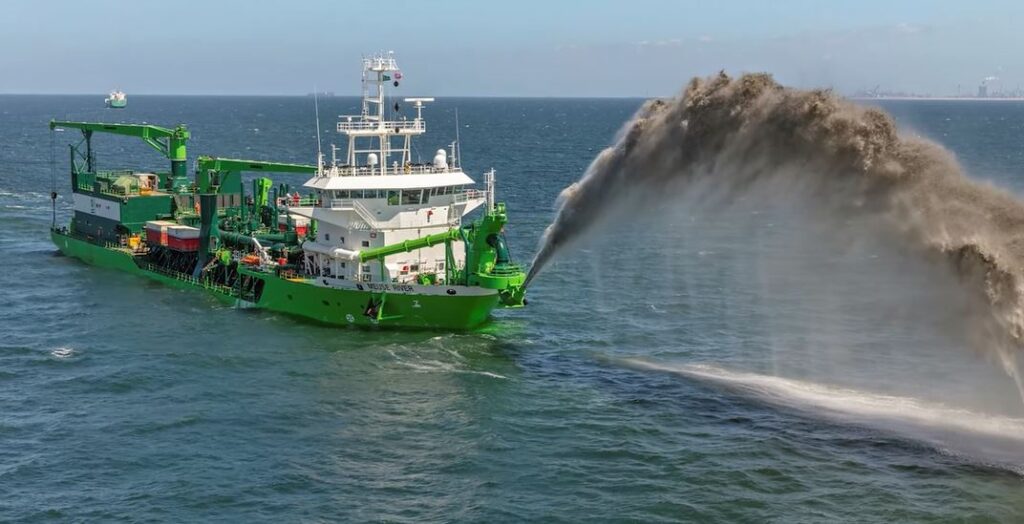High-Quality Dredge Pipeline Floats: The Key to Efficient Dredging Operations
Pipeline integrity is one of the most critical factors in determining the success of any dredging operation. The pipelines used in these operations are responsible for transporting slurry, sand, or other materials from one location to another. If the pipeline is not well-maintained or supported, the entire dredging project can face delays, costly repairs, or even total failure. This is where dredge pipeline floats come into play. These essential tools ensure that pipelines remain stable, secure, and free from damage throughout the operation. Dredging pipeline floats play a crucial role in improving the operational efficiency of dredging projects. By providing buoyancy and support, these floats keep the pipeline in its optimal position, preventing it from sinking or becoming misaligned. In this article, we will explore the importance of high-quality dredge floats and how they contribute to more efficient and successful dredging operations. What Are Dredge Pipeline Floats? Dredge pipeline floats are buoyant devices designed to support and stabilize pipelines used in dredging operations. Their primary role is to ensure that the pipeline remains afloat and properly aligned, preventing it from coming into contact with the waterbed or other obstacles. This helps avoid damage to the pipeline, which can lead to costly repairs and downtime. Different types of dredging pipeline floats are used in the industry. Foam-filled floats are known for their durability and consistent buoyancy, making them a popular choice for long-term projects. Inflatable dredging pipeline floats, on the other hand, offer more flexibility and are easier to transport and store when not in use. Both types of floats provide the necessary support to keep the pipeline in optimal working condition, but the choice of float depends on the specific needs of the dredging project. Choosing high-quality materials for dredge pipeline floats is essential for ensuring long-term performance. High-grade materials like polyethylene provide excellent resistance to abrasion, UV rays, and saltwater corrosion. This durability ensures that the floats can withstand harsh environments, reducing the need for frequent replacements and repairs. How High-Quality Dredge Pipeline Floats Enhance Efficiency Improved Pipeline Stability One of the most significant ways that high-quality dredge pipeline floats contribute to efficient dredging is by improving pipeline stability. These dredging pipeline floats provide consistent buoyancy, ensuring that the pipeline remains afloat even in challenging conditions. Without proper buoyancy, the pipeline can sink, which leads to blockages, interruptions in material flow, and potential damage. By keeping the pipeline secure and properly aligned, dredging pipeline floats help prevent misalignment. Misaligned pipelines can cause significant issues, including uneven material distribution and frequent stoppages. With stable floats, the risk of misalignment is significantly reduced, ensuring smooth and continuous operations. Durability and Resistance to Damage High-quality dredge pipeline floats are built to withstand the harsh conditions commonly encountered in dredging environments. Whether it’s exposure to abrasive materials, UV radiation, or saltwater, premium floats resist wear and tear, keeping the pipeline safe from damage. This resistance to external elements means that the pipeline can remain operational for longer periods without needing extensive repairs. The durability of these floats also contributes to their longer lifespan. Compared to cheaper alternatives, high-quality dredge floats require fewer replacements, resulting in more efficient and continuous operations. Fewer interruptions for maintenance or repairs mean that dredging projects can be completed on schedule, reducing overall costs. Cost Savings Through Reduced Downtime One of the key advantages of investing in high-quality dredge pipeline floats is the significant cost savings they offer over time. Floats that are built to last require minimal maintenance, which translates into fewer operational disruptions. This reduced need for frequent repairs and replacements directly contributes to less downtime and increased productivity. In addition to minimizing downtime, high-quality floats also provide a lower total cost of ownership. While the initial investment may be higher than lower-quality options, the long-term savings more than makeup for the upfront cost. The extended lifespan and reduced need for maintenance mean that these floats pay for themselves over time, making them a smart investment for any dredging operation. The Role of Dredge Pipeline Floats in Safety In addition to improving efficiency, dredge pipeline floats play a critical role in ensuring the safety of dredging operations. Pipelines that are properly supported by durable floats are less likely to suffer from leaks, spills, or other types of damage that could compromise both the operation and the surrounding environment. By preventing damage to the pipeline, dredging pipeline floats reduce the risk of material leaks, which can be hazardous to marine ecosystems. Leaks and spills can cause significant environmental harm, especially in sensitive habitats, and can result in costly cleanup efforts. Reliable dredge floats provide essential support, keeping the pipeline intact and minimizing the likelihood of environmental disruption. In addition to protecting marine ecosystems, the use of high-quality dredge floats is crucial for efficient dredging operations. Floats that maintain the integrity of the pipeline help avoid unnecessary delays and prevent costly interruptions. By keeping the pipeline properly aligned and free from damage, these floats contribute to a smooth and consistent dredging process, ensuring materials are transported without issues. The stability and durability offered by dredge floats also play a pivotal role in ensuring that dredging projects are completed on time and within budget. With fewer risks of leaks or environmental damage, dredging companies can focus on maintaining efficient dredging practices, reducing the chances of unexpected setbacks or delays. Moreover, by investing in durable and high-quality dredge floats, dredging teams can maintain long-term operational efficiency. These floats are designed to withstand harsh conditions and heavy usage, allowing for continued efficient dredging even in the most challenging environments. This not only safeguards the pipeline but also ensures that operations remain steady and productive, contributing to overall project success. Conclusion High-quality dredge pipeline floats offer numerous benefits that enhance both the efficiency and safety of dredging operations. From improving pipeline stability and reducing downtime to withstanding harsh environmental conditions, these floats are a key factor in maintaining smooth and continuous dredging activities. By investing in premium floats, dredging companies can ensure
High-Quality Dredge Pipeline Floats: The Key to Efficient Dredging Operations Read More »

